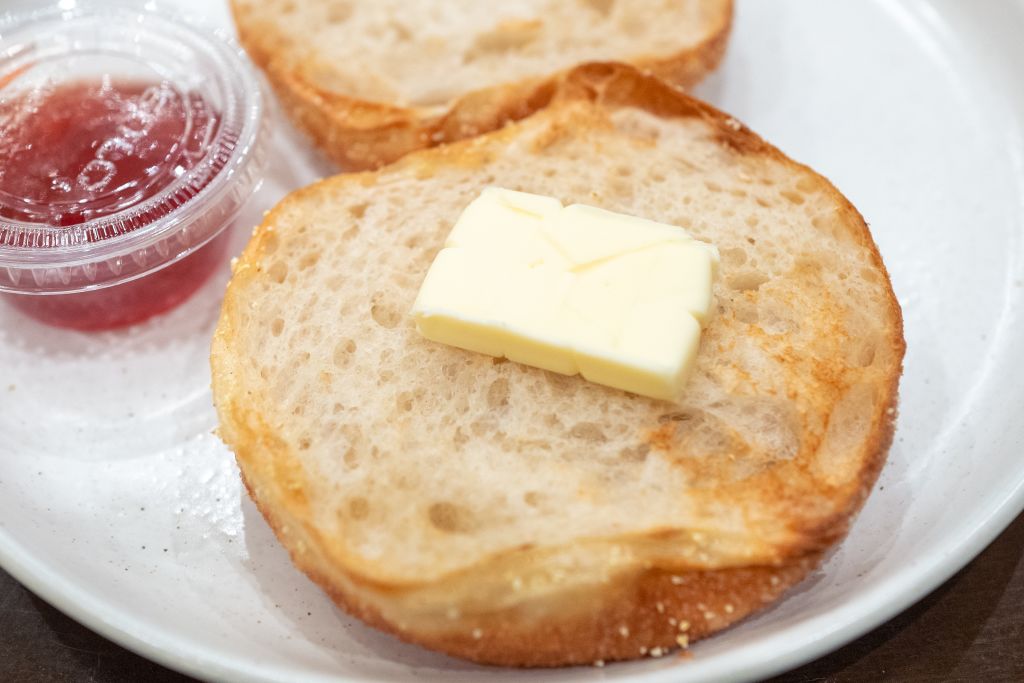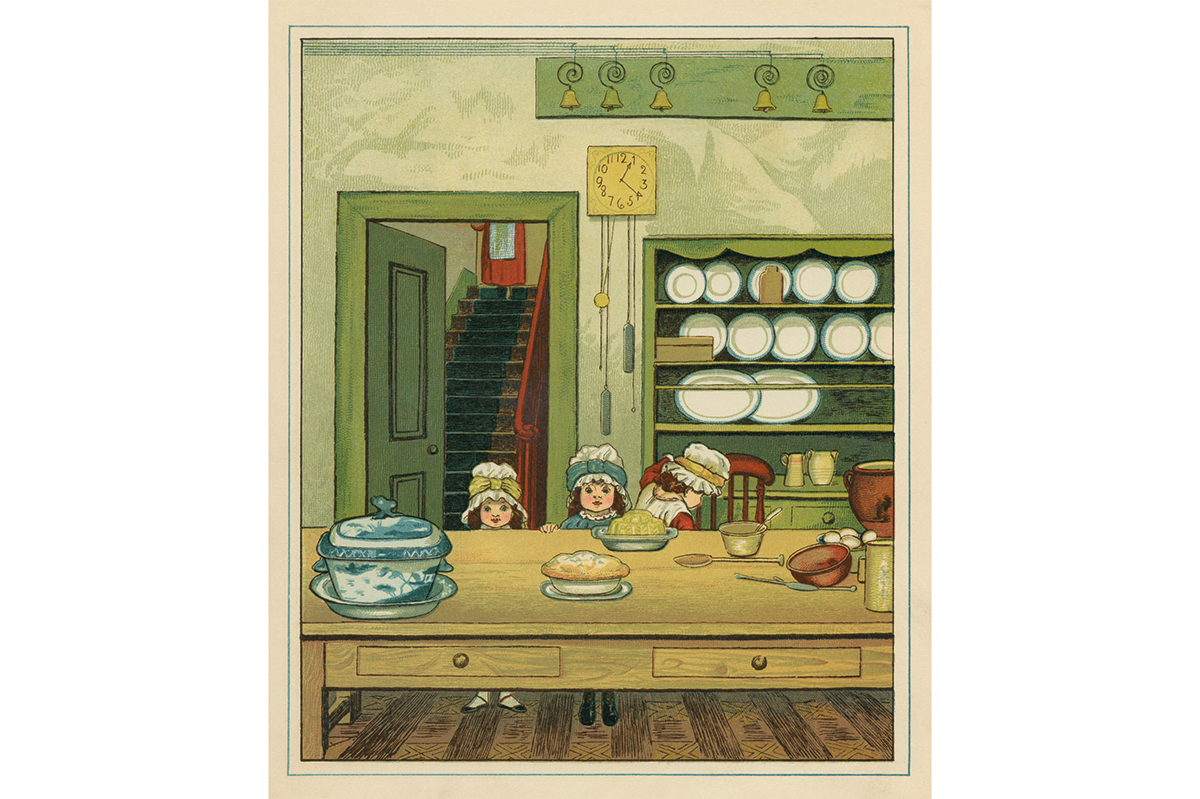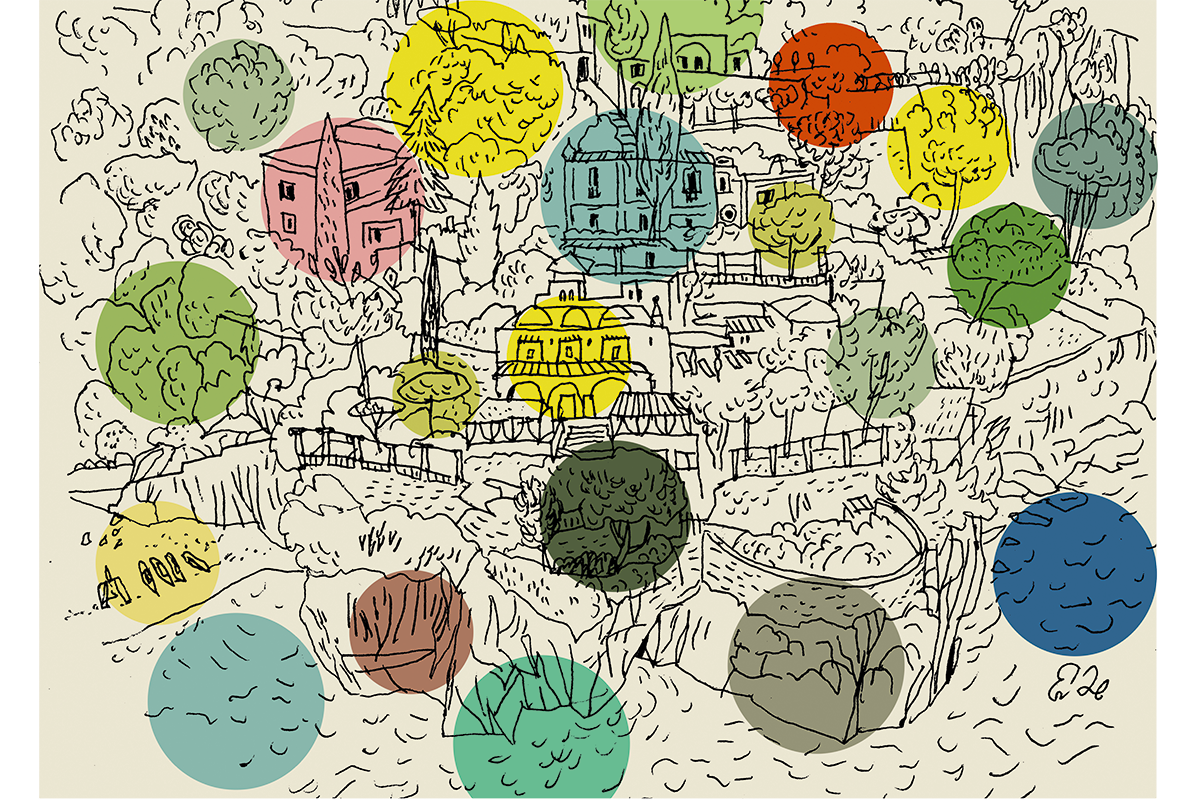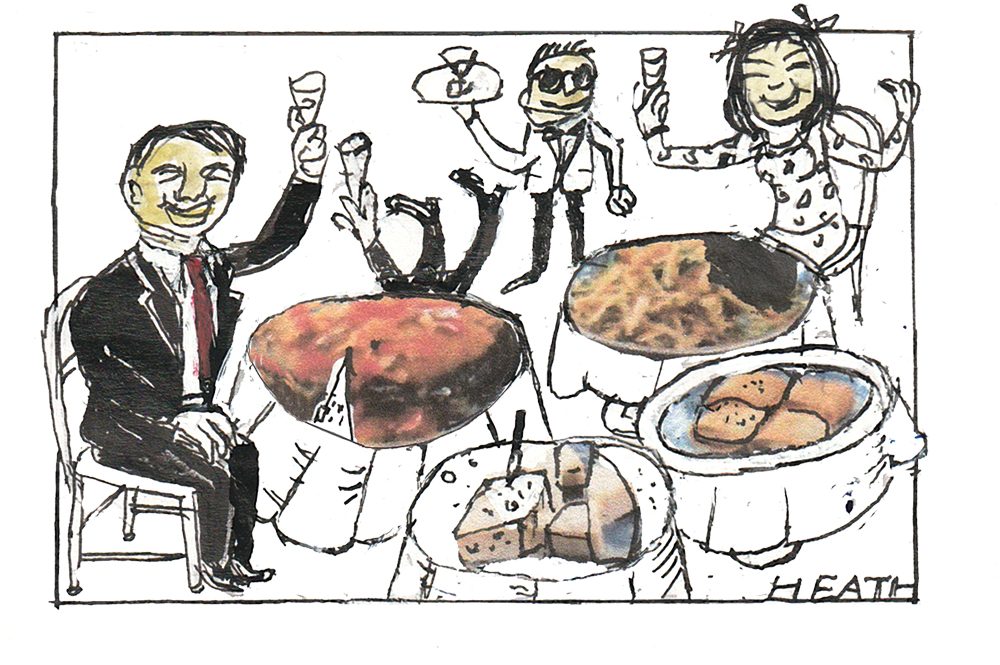All butter is made from carbon, but not all butter is carbon butter. This is the name being given to a new environmentally friendly, 100 percent ethical lab-made food product. There’s not an udder, churn or milkmaid in sight.
Carbon butter is yet another one of those foods of the future we’re told about, with wide-eyed, breathless enthusiasm, that will transform the way we eat as well as our health, save the planet and make sure there are enough calories to go round when the world hits a population of 10 billion, at some point in the next decade or two.
A few years ago, it was cockroach milk – four times more nutritious than cow’s milk, said Bloomberg, excitedly – plant-based meat and “cultured oil.” Now, it’s the turn of carbon butter.
Carbon butter is the brainchild of the Bill Gates-backed food-tech company Savor. It’s made by passing carbon dioxide, green hydrogen and methane over a metal catalyst to produce a soft, semi-solid fat – butter, or so the people at Savor would have you believe, anyway.
One thing Savor won’t tell you is that carbon-butter has a colorful past. The company’s eyes are fixed on tomorrow
According to a recent puff piece in the Carbon Herald, “This revolutionary product aims to answer the growing need for a sustainable food chain solution that offers a reliable alternative to agriculture-dependent oils.” This is about saving the planet. And, of course, you’re supposed to marvel at the fact that two of the very gases that are “killing” planet Earth – carbon dioxide and methane – are being used to make “this revolutionary new product.”
Savor operates a 25,000 square foot facility in Batavia, Illinois. It already produces a number of different artificial fats, including alternatives to palm oil, milk fat and cocoa butter, all using a range of “methane- and carbon-based inputs.”
Savor’s first production run took place last year and the company is aiming to produce 100 kilograms a week of artificial fat before scaling up to become a full commercial facility. The Carbon Herald points to a “strong interest and demand for more of these alternative goods,” claiming that “many Michelin-star restaurants and leading figures from the food industry” have welcomed the product with open arms.
One thing Savor definitely won’t tell you is that carbon butter has a long, colorful past. The company’s eyes are fixed firmly on tomorrow. With good reason.
The first ever carbon butter was called coal-butter, because – you guessed it – it was made from coal. Coal-butter was developed in the 1930s when Nazi Germany was looking for ways to guarantee its access to key resources before World War Two.
Most important was oil. Germany is blessed with huge coal reserves, but little oil. German industry and the Wehrmacht would need oceans of the stuff when war came. German scientists set about finding a way to produce synthetic oil from coal, since both are forms of carbon. Franz Fischer and Hans Tropsch eventually came up with a solution, which involved lobbing steam and oxygen at coal to break it apart into carbon dioxide and hydrogen; these were then passed over a metal catalyst, yielding liquid fuel.
Fischer and Tropsch, though they didn’t know it at the time, had actually killed two birds with one stone. Germany had a fat problem too, and this new method could be used to address that as well.
The German appetite for fat was massive – some 1.5 million tons a year by the mid-1930s – but only half of that demand could be met using domestic sources. Linseed oil from South America, soybeans from Asia and whale blubber from the Arctic were all necessary – and all were vulnerable to naval blockade.
A chemist called Arthur Imhausen realized that all you needed to do was add glycerin to the paraffin-like residue of the Fischer-Tropsch process and you’d have an edible fat – at least theoretically. He partnered with chemical giant IG Farben (which would later manufacture Zyklon-B) and began to make quantities of Speisefett, the world’s first synthetic edible fat.
Speisefett wasn’t very appetizing – white, waxy and tasteless – so Imhausen added diacetyl, a flavoring now used in microwavable popcorn, and salt, and then he added some beta-carotene to make the fat look yellowy, like real butter.
Exit Speisefett, enter “coal-butter.” The Nazi leadership was over the moon and the Führer himself gave an official dispensation to disregard Imhausen’s Jewish heritage. He was now a “full Aryan,” and just in time. But there was still the matter of coal-butter’s safety. Since the plan was to use it in military rations, it had to be fit for those fighting.
This is where the story gets darker – much darker. The Nazis had a ready supply of human guinea pigs in their growing network of concentration camps, and that’s exactly where they looked to do their testing. Around 6,000 inmates at the Sachsenhausen concentration camp were fed coal-butter and monitored closely. A scientific paper published in 1943 triumphantly reported that “thousands of tests… confirmed the high value of synthetic cooking fat and made it the first synthetic food in the world to be approved for human consumption.” Of course, there was no mention of where the “thousands of tests” had been conducted – or on whom.
You might reasonably object, after hearing this strange little story, that it has nothing to do with the value of carbon butter as a food in 2025. You’d be right about the logical use of the reductio ad Hitlerum, of course, but actually, this story does have some bearing on whether or not we should eat the stuff today.
As with pretty much all these ‘foods of the future’ we simply don’t know what long-term consumption will do to us
After the war, British intelligence got hold of documents that suggested the Nazi scientists had been extremely selective in their choice of data to prove the safety of coal-butter. When animals had been given it, the effects were alarming. Long-term consumption caused severe kidney problems and even stripped the bones of calcium. Dogs refused to eat it.
In the final months of World War Two, coal-butter was given to U-boat sailors, but they had an average life expectancy of 60 days – far too short to garner anything about its effects – and they were miles underwater. Poor sods.
In truth, as with pretty much all these so-called “foods of the future,” we simply don’t know what long-term consumption will do to us. Humans have no history of eating fat made from gases passed over a metal plate, drinking “milk” made from ground-up cockroaches or eating endlessly replicating meat cells grown in a stainless-steel bioreactor (that’s what lab-grown meat is by the way, and it’s also how cancers behave).
Many of these foods have already been approved for human consumption by the FDA and the bar for licensing still remains dangerously low. The companies that make these products supply their own safety data, for heaven’s sake. Something smells pretty rancid to me, and it’s not the butter. Sorry – “butter.”
This article was originally published in The Spectator’s September 29, 2025 World edition.


























Leave a Reply